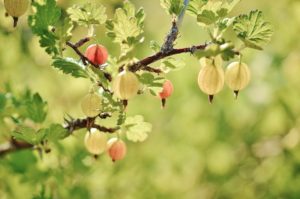
Can I Grow Gooseberries or Currants in NC?
9/16/2020 – (Reviewed 8/28/2024) The short answer is “no.” You cannot legally grow currants or gooseberries in North Carolina. …



El inglés es el idioma de control de esta página. En la medida en que haya algún conflicto entre la traducción al inglés y la traducción, el inglés prevalece.
Al hacer clic en el enlace de traducción se activa un servicio de traducción gratuito para convertir la página al español. Al igual que con cualquier traducción por Internet, la conversión no es sensible al contexto y puede que no traduzca el texto en su significado original. NC State Extension no garantiza la exactitud del texto traducido. Por favor, tenga en cuenta que algunas aplicaciones y/o servicios pueden no funcionar como se espera cuando se traducen.
Inglês é o idioma de controle desta página. Na medida que haja algum conflito entre o texto original em Inglês e a tradução, o Inglês prevalece.
Ao clicar no link de tradução, um serviço gratuito de tradução será ativado para converter a página para o Português. Como em qualquer tradução pela internet, a conversão não é sensivel ao contexto e pode não ocorrer a tradução para o significado orginal. O serviço de Extensão da Carolina do Norte (NC State Extension) não garante a exatidão do texto traduzido. Por favor, observe que algumas funções ou serviços podem não funcionar como esperado após a tradução.
English is the controlling language of this page. To the extent there is any conflict between the English text and the translation, English controls.
Clicking on the translation link activates a free translation service to convert the page to Spanish. As with any Internet translation, the conversion is not context-sensitive and may not translate the text to its original meaning. NC State Extension does not guarantee the accuracy of the translated text. Please note that some applications and/or services may not function as expected when translated.
Collapse ▲
9/16/2020 – (Reviewed 8/28/2024) The short answer is “no.” You cannot legally grow currants or gooseberries in North Carolina. …
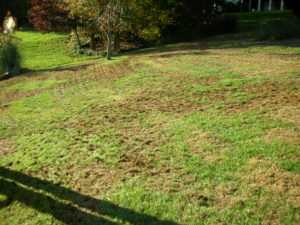
Fall is the best time for renovation and seeding of cool-season lawns. Temperatures are currently normal for early September, …

Recorded videos of the Virtual Turf Field Day Series are available online. Each video is approximately two hours long …
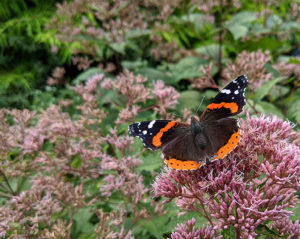
Pollinator Paradise is a Demonstration Garden created by the North Carolina Cooperative Extension, Chatham County Center. Agriculture Agent Debbie Roos …
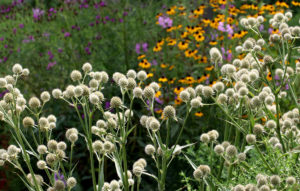
Pollinator Paradise is a Demonstration Garden created by the North Carolina Cooperative Extension, Chatham County Center. Agriculture Agent Debbie …

From Chatham County Agriculture Agent Debbie Roos: Farm Visit Snapshots are a new feature on my Growing Small Farms …
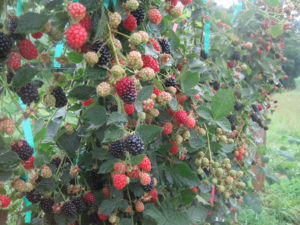
August 7, 2020 | Margaret Huffman The North American Raspberry and Blackberry Association (NARBA), in collaboration with NC State University and the University …

8/20/20 – Reviewed 8/28/2024 It has been decades in coming because finding funding to conduct research on growing truffles …

Registration is available for the third virtual field day presented by the turf program at NC State University. Pesticide …

Virtual Turfgrass Field Day Zoom Webinar Wednesday, August 26, 2020 1-3 p.m. EDT Join us for the third in our series of …
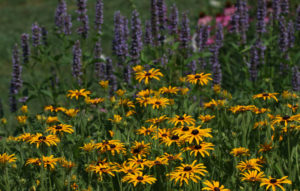
Pollinator Paradise is a Demonstration Garden created by the North Carolina Cooperative Extension, Chatham County Center. Agriculture Agent Debbie Roos …

7/30/2020 – Written by Margaret Bloomquist, Research Associate Next year marks the 10th growing season of the Eastern Broccoli Project! This season we …

7/28/20 – Written by Margaret Bloomquist, Research Associate, and Katie Learn, Research Assistant in the North Carolina Alternative Crops …
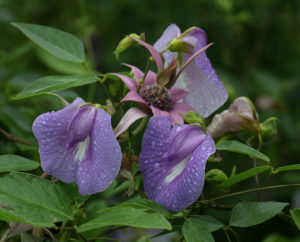
Pollinator Paradise is a Demonstration Garden created by the North Carolina Cooperative Extension, Chatham County Center. Agriculture Agent Debbie …

Registration is available for the second of three virtual field days presented by the turf program at NC State …
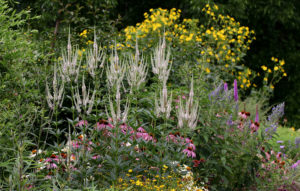
Pollinator Paradise is a Demonstration Garden created by the North Carolina Cooperative Extension, Chatham County Center. Agriculture Agent Debbie Roos …
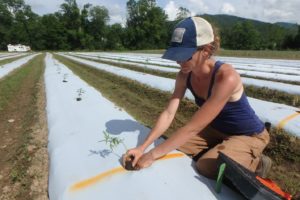
6/30/2020 – We have been a little quiet online lately as our team is learning how to manage our …
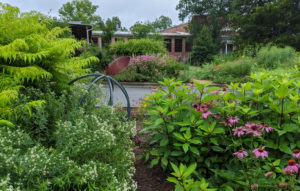
Pollinator Paradise is a Demonstration Garden created by the North Carolina Cooperative Extension, Chatham County Center. Agriculture Agent Debbie …
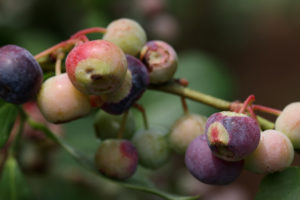
I recently visited a small Chatham County blueberry farm and found some of the bushes were infected with Exobasidium, …

The Environmental Protection Agency (EPA) recognized the Eastern Band of Cherokee Indians with the regional 2015 EPA Rain Catcher …
This publication for homeowners and landscapers describes how to mow, fertilize, irrigate, and control weeds …

A muscadine virus survey was conducted in 2024 to assess the incidence of grapevine viruses …

This publication reports the results of an annual survey of sod growers in North Carolina …

Gummy stem blight is caused by several closely related fungal pathogens in the genus Stagonosporopsis …

This vegetable pathology factsheet describes the identification and treatment of anthracnose in cucurbits.

This factsheet summarizes the characteristics of bees and addresses how to control them as an …

This factsheet describes the symptoms of a shoot inhibitor herbicide injury.

This factsheet describes the symptoms of a metribuzin herbicide injury.